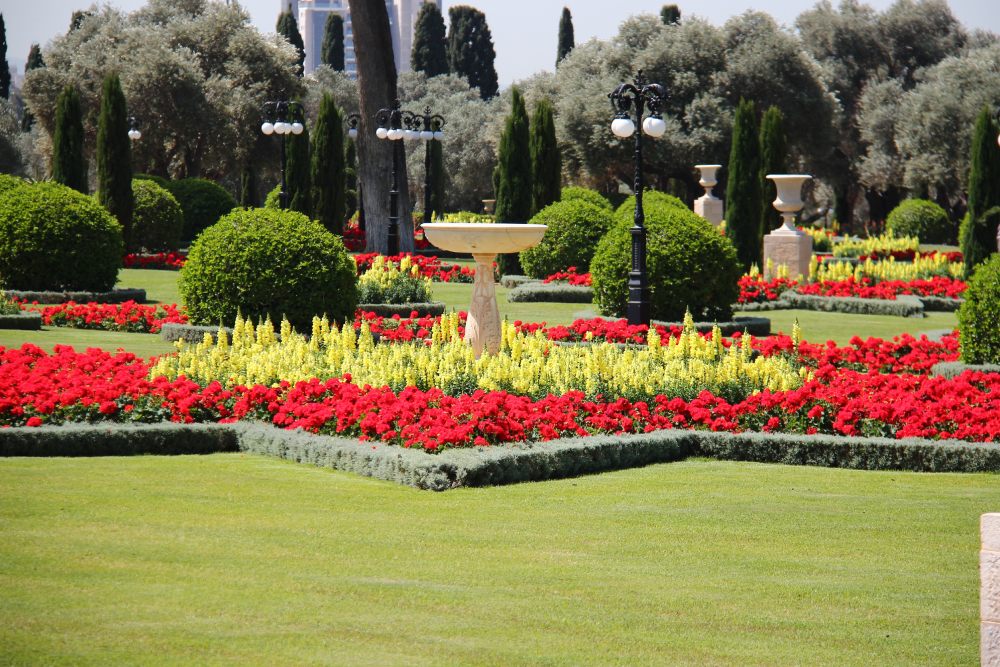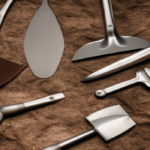10 Garden Maintenance Tips to Keep Your Yard Looking Great
Garden maintenance is important if you want to keep your garden clean and tidy at all times – if you’re like most homeowners, you probably take great pride in your garden. It’s a great way to relax and enjoy the outdoors, and it also adds value to your home.
Not only is an untidy garden unsightly, but it can also attract pests and diseases. Garden maintenance takes some work, but it’s definitely worth it!
In this blog post, we will discuss 10 garden maintenance tips that will help you keep your yard looking great all year round!
10 Garden Maintenance Tips to Keep Your Yard Looking Great
Here are 11 garden maintenance tips that will help you keep your garden outdoor space looking its best:
1) Mow your lawn regularly
Mowing your lawn on a regular basis is one of the best ways to keep your garden looking neat and tidy. Lawn mowing also helps to prevent weeds from taking over. Aim to mow your lawn at least once a week during the growing season.
If you have a lot of trees and shrubs in your garden, you may need to mow more often. Mowing also helps to keep your grass healthy by preventing it from getting too long and leggy.
Additionally, long grass is more susceptible to disease and pests, so it’s important to keep it trimmed. You should also mow in different directions each time to prevent the grass from getting too flat.
If you have a hard time mowing your lawn yourself, you can consider hiring gardening services that include this in their plans.
2) Fertilise your plants
Fertilising your plants is important to help them grow strong and healthy. However, you don’t want to over-fertilise, as this can damage your plants.
It’s best to fertilise during the growing season. As a rule of thumb, you should always follow the instructions on the fertiliser package. Many gardeners like to use organic fertilisers, such as compost or manure.
These are great for the environment and your plants, but they do take longer to break down. If you’re in a hurry, you can use chemical fertilisers. Just be sure to use them sparingly!
If you’re not sure how much fertiliser to use, it’s always better to err on the side of caution. You can always add more, but you can’t take it away once it’s been applied.
3) Water your plants regularly
Watering your plants is essential to their health and growth. However, just like fertilising, you don’t want to over-water, as this can damage your plants.
Watering early in the morning is best, as it gives the plants time to absorb the water before the heat of the day. If you water in the evening, the water will just sit on the leaves and make them more susceptible to disease.
If you’re not sure how often to water your plants, it’s always best to check the soil before watering as well as what type of plant you’re dealing with.
If it’s too dry, the plants will start to wilt. If it’s too wet, the roots will start to rot. You may need to water more often in hot weather, as evaporation can cause the soil to dry out quickly.
If you have a lot of plants, you may want to consider getting an automatic watering system. This can be a great time-saver!
4) Prune your plants
Pruning is an important garden maintenance task, as it helps to keep your plants healthy and looking their best. It also encourages new growth and can help to control the size of your plants. For a small garden, this task is easier to do by hand.
If you have a lot of plants, or if they’re particularly large, you may need to use power tools.
Pruning is best done in the late winter or early spring. This gives the plants time to recover before the growing season begins.
5) Remove dead leaves and debris
One of the best ways to keep your garden clean is by removing dead leaves and garden debris regularly.
Not only do they look unsightly, but they can also harbour disease and pests, so it’s important to remove them from your garden as often as possible.
A garden rake is the best tool for removing dead leaves and debris. You can also use a garden hose to blast leaves off of your plants. If you have a lot of garden debris, you may want to consider composting it.
6) Check for pests and diseases
Pests and diseases can cause serious damage to your plants, so it’s important to check for them regularly. If you catch them early, you can often treat them before they do too much damage.
Some common garden pests include aphids, caterpillars, and slugs, while some common garden diseases include powdery mildew and black spot.
If you find pests or diseases in your garden, you should take immediate action to treat them. Contact a gardening service to help with this issue.
7) Mulch your garden
Mulching is a great way to reduce weeds, conserve water, and keep your garden looking tidy. It’s also good for the environment, as it helps to improve the soil.
Mulch is simply a layer of material, such as bark chips, that you spread over the soil. It’s best to apply mulch in the spring, after the last frost.
You should also add a fresh layer of mulch every year, as it will eventually break down and need to be replaced.
8) Grow new flowers and plants
If you want to keep your garden looking its best, you should regularly add new plants. This will help to fill in any gaps and keep your garden looking fresh.
You also want to make sure that your flower beds are always free from weeds, as this can ruin the aesthetic.
When choosing new plants, it’s important to consider the size, shape, and colour of your existing plants. You should also think about the amount of sunlight and water that your garden gets.
It’s best to buy plants from a garden centre, as they will be better suited to your garden. When planting new plants, dig a hole that is twice the size of the plant’s root ball.
9) Remove weeds
As aforementioned, weeds are unsightly and can compete with your plants for water and nutrients, so it’s important to remove them from your garden regularly. Moreso, a neat garden is one of the easiest ways to keep your yard looking great every time.
The best way to remove weeds is to pull them up by the roots. You can also use a garden hoe or weed whacker. A gardening service can also do an excellent job of professional weed control in your garden.
10) Trim your hedges
Trimming your hedges and bushes is a great way to keep them looking tidy and healthy. It also helps to control their size and shape. Stray branches and leaves can also be removed.
Hedge trimming is best done in the late spring or early summer. This gives the plants time to recover before the growing season begins.
Again, if you have a lot of hedges, you may want to consider hiring a garden service to help you with this task. Make sure that your front garden especially is looking its best because it creates the first impression that people see of your space.
Conclusion
When it comes to a garden, regular maintenance is important if you want to keep it looking its best. By following these simple tips, you can ensure that your garden is healthy and beautiful all year round.
At Gardening Direct, we offer a wide range of garden maintenance services which includes mowing and lawn care, garden cleanups, green waste removal, weed and pest control, tree and hedge trimming, and more.
You can expect nothing but excellent service as we do our best to do a great job for all our customers. Contact us today for help with garden maintenance!



